Exploring the Future of Gaming Graphics: AI and Visual Advancements
In a recent crossover event, experts discussed AIs role in gaming graphics, emphasizing how "cheats" like upscaling and frame generation can enhance visuals. Notable examples and insights were shared.
In a recent crossover event, Alex Battaglia led a captivating roundtable discussion centered on the convergence of artificial intelligence (AI) and the future of video game graphics. The panel featured prominent representatives from various corners of the gaming industry, including GPU powerhouse Nvidia, the creative minds behind Cyberpunk 2077 at CD Projekt RED, and the passionate community at the PC Master Race (PCMR) subreddit. This compelling dialogue unfolded on the precipice of the highly anticipated release of Cyberpunk 2077 2.0, accompanied by the game's expansive Phantom Liberty expansion. These additions introduced a gamut of cutting-edge technologies, most notably DLSS 3.5 ray reconstruction.
While the entire discussion is a treasure trove for gaming enthusiasts, one aspect particularly stood out—the notion that techniques like image upscaling and frame generation, often perceived as developer crutches to circumvent optimization efforts, can also be viewed as indispensable tools that elevate visual experiences to previously unattainable heights.
Jakub Knapik of CDPR eloquently articulates this perspective by drawing parallels between Cyberpunk's path-traced graphics and Disney's 2014 release, Big Hero 6—an early pioneer in path-traced animated films that featured sprawling cityscapes. Rendering each frame of Big Hero 6 demanded hours of computational power. However, within a mere decade, consumer-grade graphics cards now deliver similar graphical complexity in Cyberpunk 2077 at a buttery-smooth 60 frames per second. This astonishing progress owes much to these "cheats," including image upscaling, frame generation, and the latest addition, ray reconstruction, all complemented by substantial hardware advancements that expedite ray tracing pipelines.
As Jakub contends, virtually any technique that enhances performance could be construed as a cheat, even fundamental technologies like level of detail (LOD), which simplifies distant geometry to conserve computing resources. Thus, the true litmus test lies in how these tools are wielded.
Immortals of Aveum serves as a cautionary example, potentially leaning too heavily on image reconstruction. The game exhibited an overly soft image on consoles and imposed high hardware demands on PCs. In stark contrast, Starfield opted not to embrace all available tools, launching without support for DLSS or XeSS and struggling with subpar performance on Nvidia and Intel graphics cards.
Bryan and Jacob further emphasize that the evolution of these technologies pivots on smarter frame rendering. While developers' proficiency in leveraging these tools can vary, the ultimate objective is to empower both creators and end-users to strike a harmonious equilibrium between performance and visual fidelity.
The discussion delves far deeper than this snapshot allows, exploring the evolutionary journey of DLSS versions, the transformative impact of denoising advancements on Cyberpunk's artistic development, and broader reflections on the potential applications of machine learning in game graphics, extending beyond DLSS 3.5.
You'll find the embedded video below, a multimedia treasure trove that seamlessly transitions into an engrossing audio-only podcast. Whether you're commuting or tackling household chores, this hour-long discourse offers a delightful companion.
We extend our heartfelt gratitude to Bryan, Jakub, Jacob, and Pedro for gracing us with their insights during this riveting session. Stay tuned as we continue to delve deeper into the graphics marvel that is Cyberpunk 2077: Phantom Liberty. Our upcoming explorations will include an in-depth examination of the innovations brought by DLSS 3.5 in the 2.0 version of Cyberpunk. Additionally, we'll be scrutinizing the PlayStation 5 and Xbox Series versions of the game in due course, ensuring you're at the forefront of the gaming frontier.
Download your fonts:
Hentzau Initials Font - Free Download
Sepultura Font - Free Download
Dragon Order Font - Free Download
KlausBFraktur Font - Free Download
Linthicum Font - Free Download
Iron League Font - Free Download
Lucifer's Pension Font - Free Download
Vatican Rough Letters, 8th c. Font - Free Download
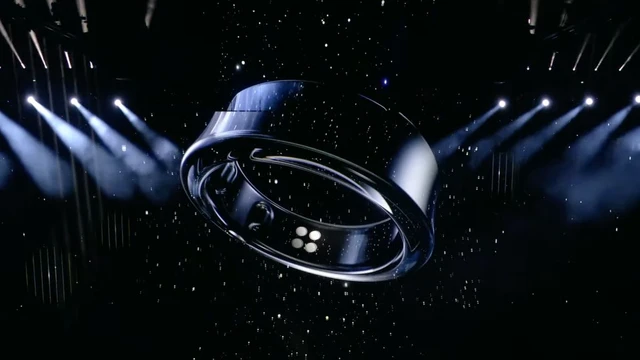


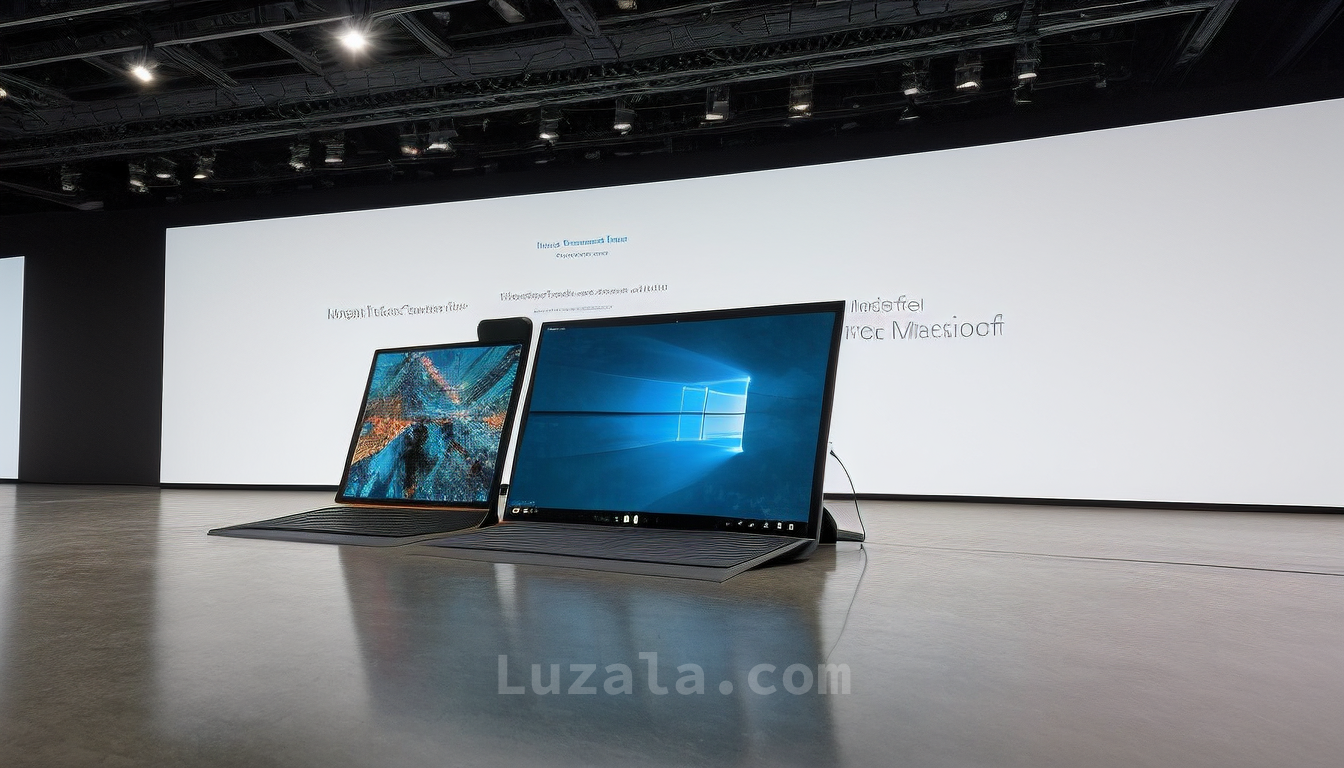
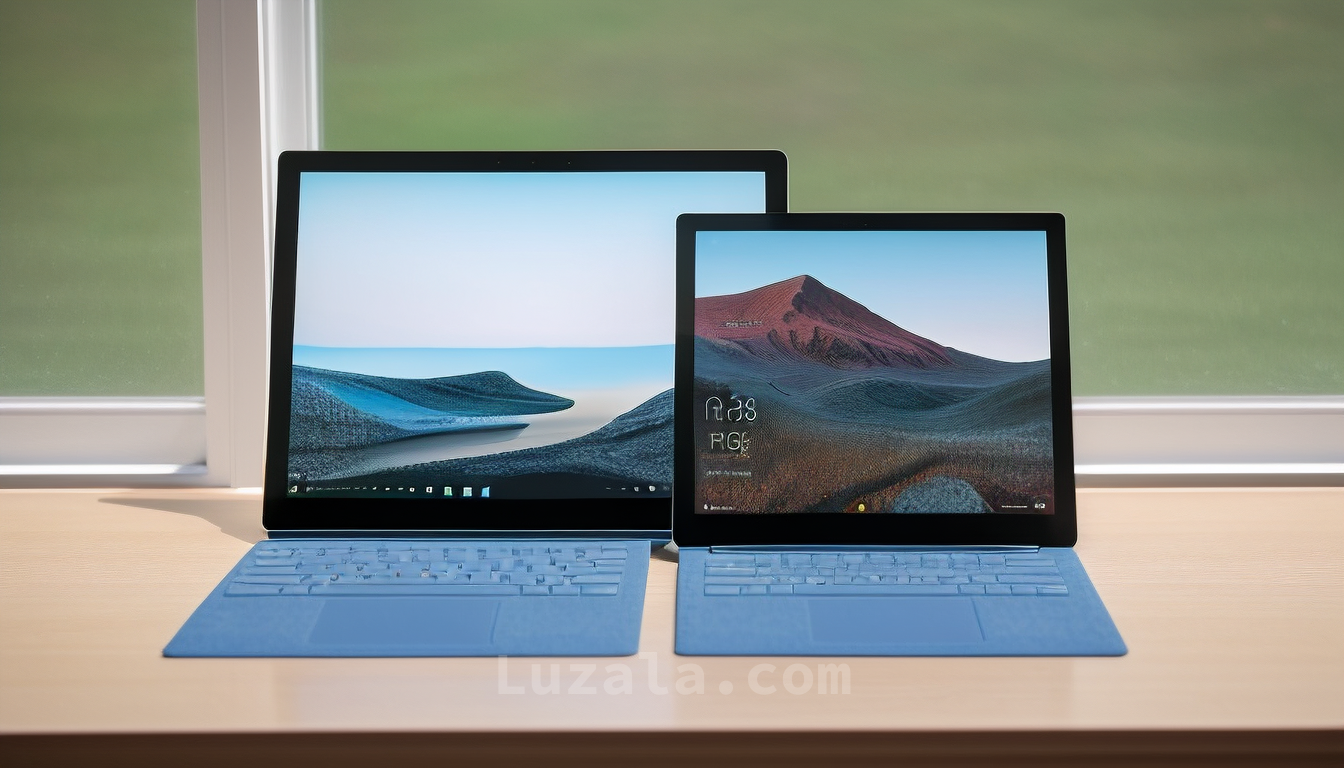

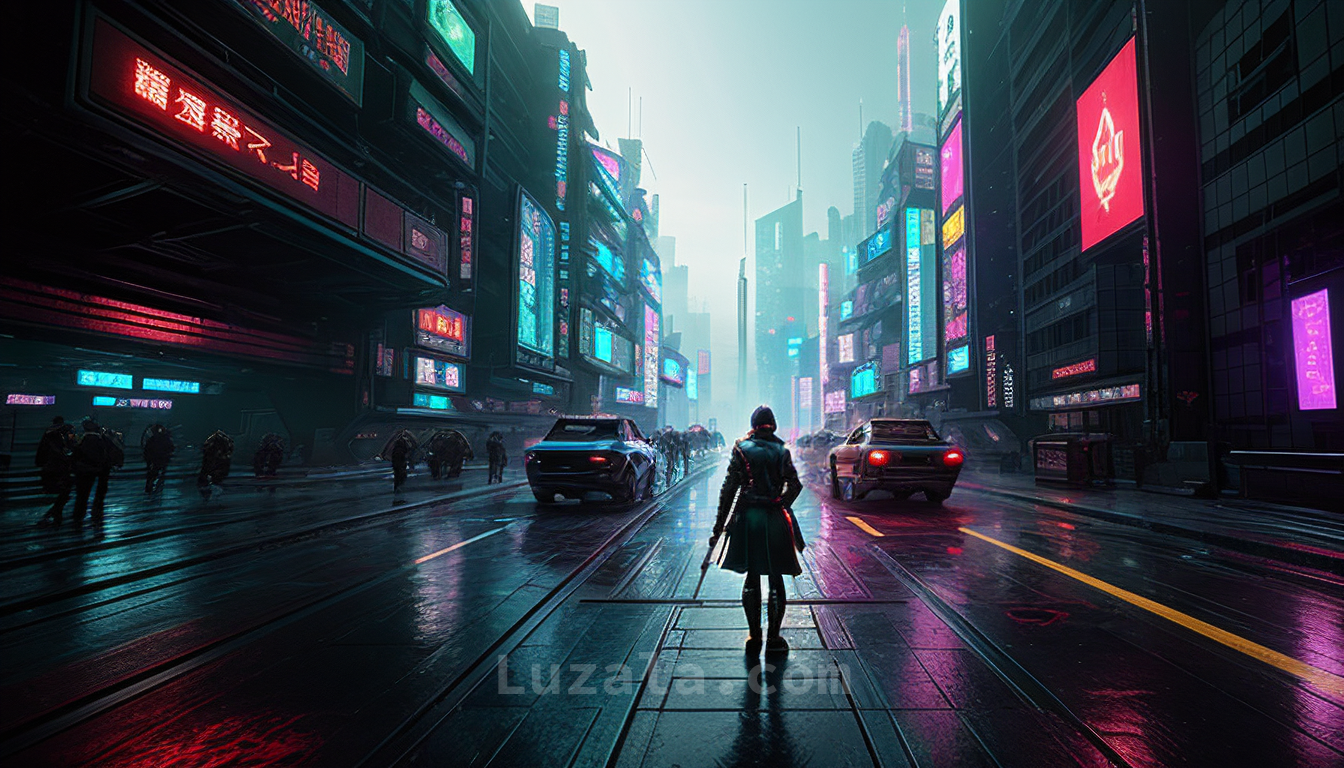

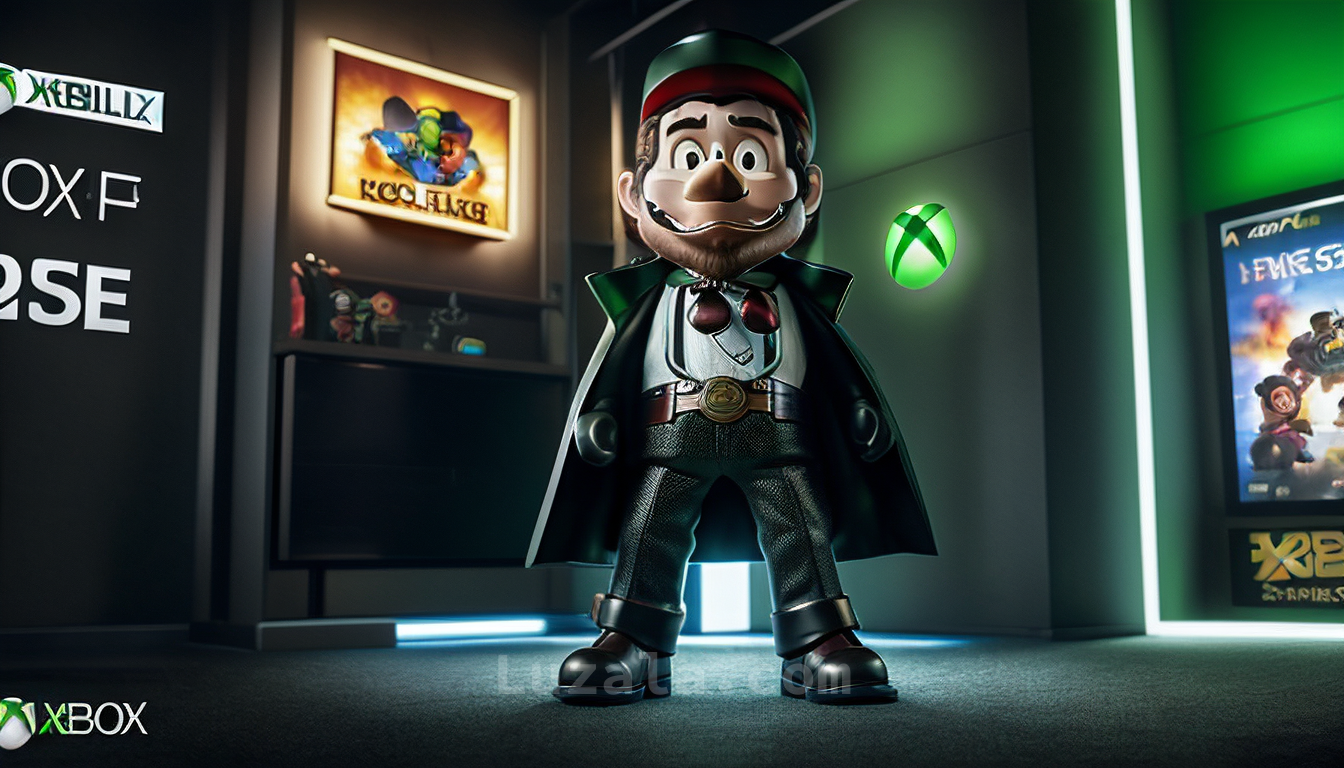
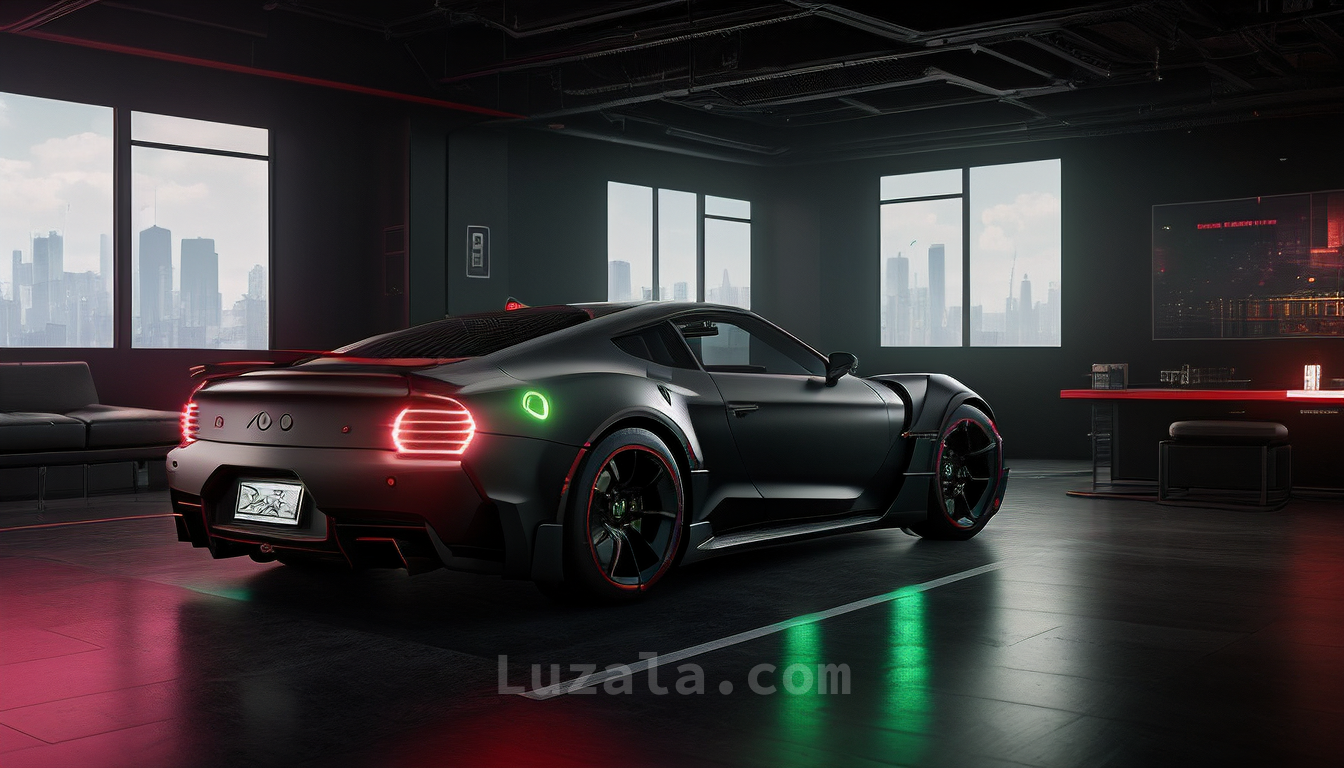





Comments